How to Steam Cure Bricks

In the processing of numerous types of minerals to recover their values, enormous tonnages of gangue materials are produced and discarded to storage areas near the processing plants. In this country, primary copper producers alone produce 125 million tons of tailings per year. Zinc, lead, asbestos, and roofing granule operations also produce large tonnages of […]
How to Clean Titanium Alloy Scrap
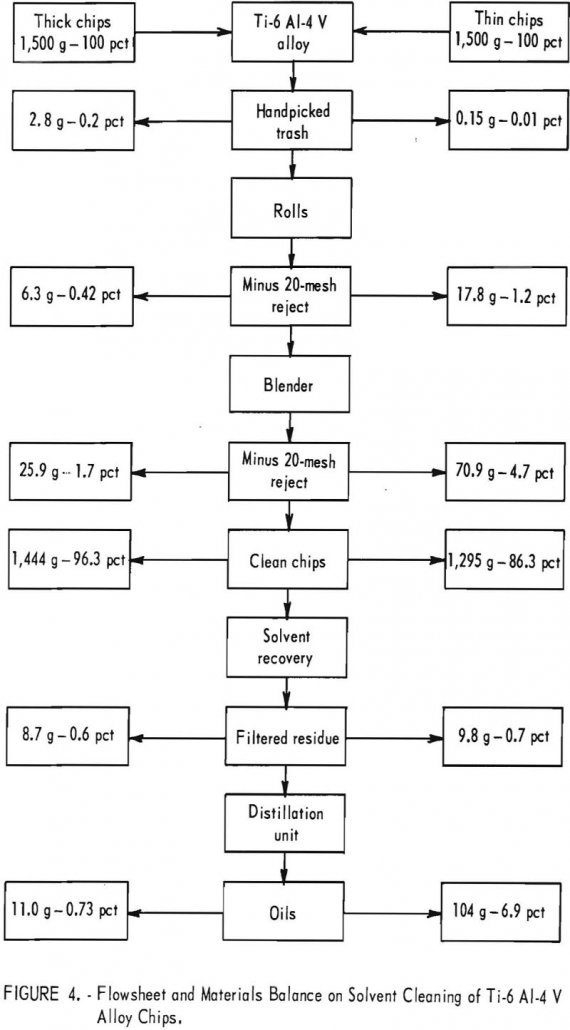
Recycled titanium scrap is mixed with titanium sponge for ingot production and, therefore, plays an important role in the production of mill products. Clean and segregated scrap is recycled fay producers that regard their scrap-recovery procedures as proprietary. Unless a rigorous procedure is observed for segragating titanium scrap by alloy content, the scrap is not […]
Use of Cryogens Liquid Nitrogen to Recycle Scrap Metals
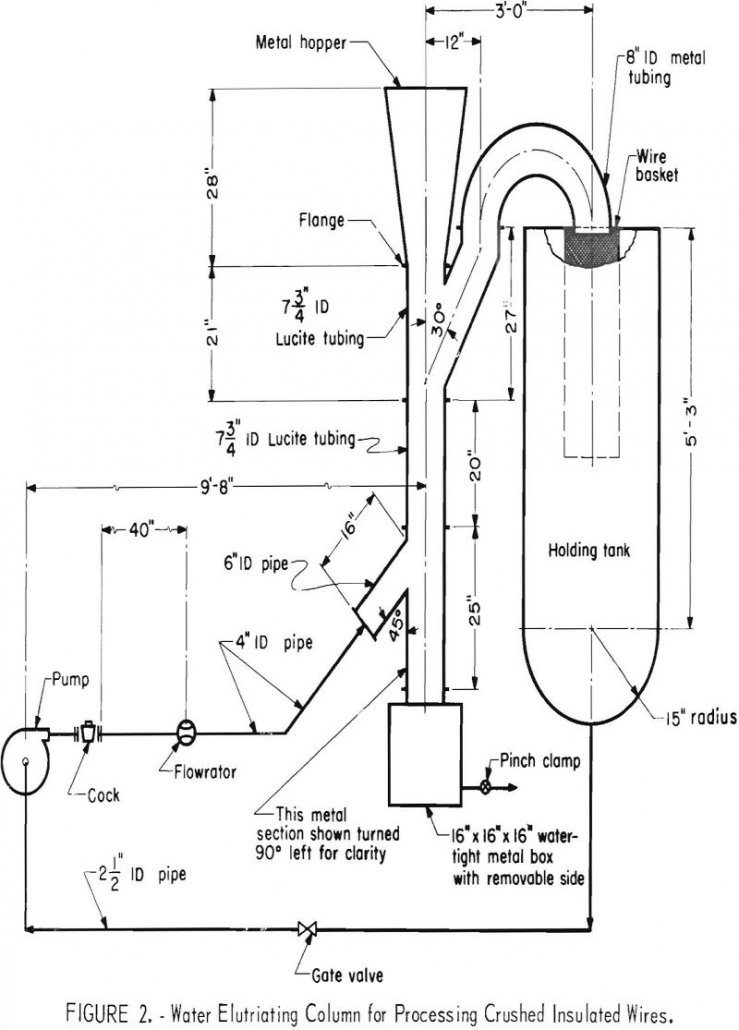
Scrap such as insulated copper wire, small motors, automobile tires, and nonferrous concentrates from automobile shredders contains materials that become brittle at low temperatures and other materials that remain malleable. Crushing of the chilled materials to shatter the embrittled portion followed by magnetic separation, screening, and/or gravity separation was studied for recovering the individual components. […]
How to Identify Scrap Metals
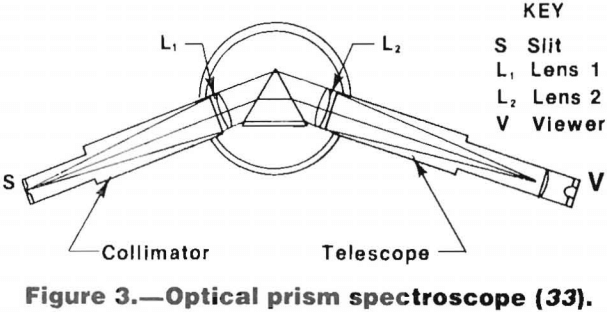
Large quantities of scrap metals are discarded each year by industry and householders; recycling of these materials results in conservation of dwindling domestic resources and helps ease U.S. dependence on imports. Substantial energy savings are also achieved by increased use of recycled material. In order for these scrap metals to be returned to those operations […]
How to Convert Stainless Steel Dust – Waste to Alloy
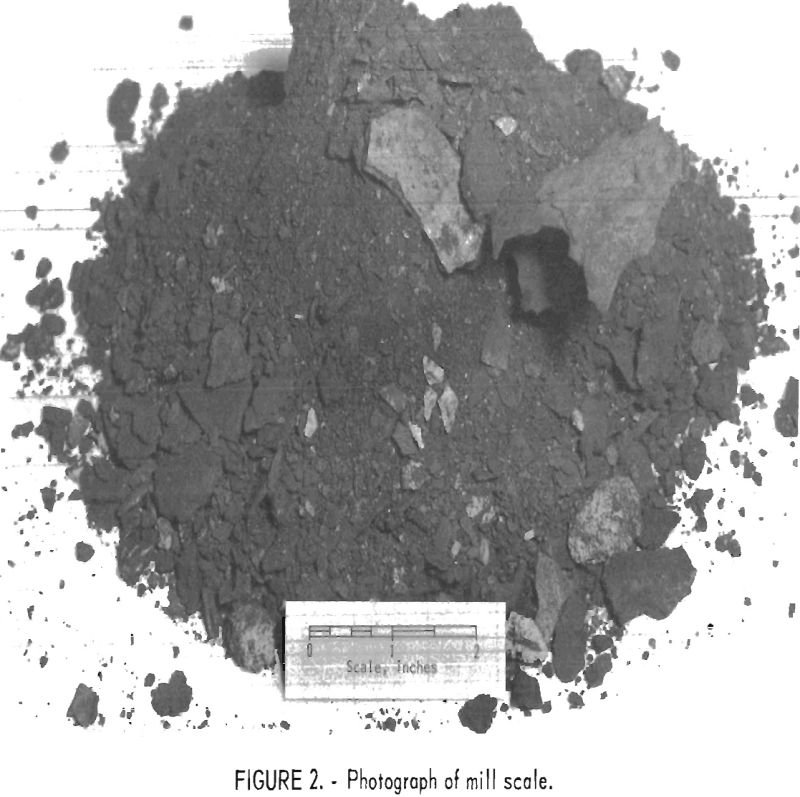
The manufacture of stainless steel results in a variety of wastes; the number, quantity, and composition are dependent on the manufacturing method used, the alloys produced, and the manner and degree of finishing of the metal products. A single domestic plant using conventional electric arc furnaces in conjunction with the argon-oxygen process, and producing finished […]
How to Recover Lead from Battery Scrap

Demand for lead for transportation uses (1) has continued to grow as requirements for batteries have increased. The quantity of lead used in battery manufacturing has reached a record high, and the recycling and recovery of lead from lead battery scrap represented 56 percent of the total secondary lead recycled in 1972. The two methods […]
Recovering Aluminum from Copper Leach Liquor by Ion Exchange

The leaching solutions circulated at copper dumps in the United States contain an appreciable concentration of aluminum-as much as 5 to 10 grams Al2O3 per liter in some solutions. This aluminum passes through the copper-recovery operations and recirculates to the leach dump. The aluminum concentration in the leach liquor appears to be in an equilibrium […]
Methods For Recycling Outdated Electronic Equipment
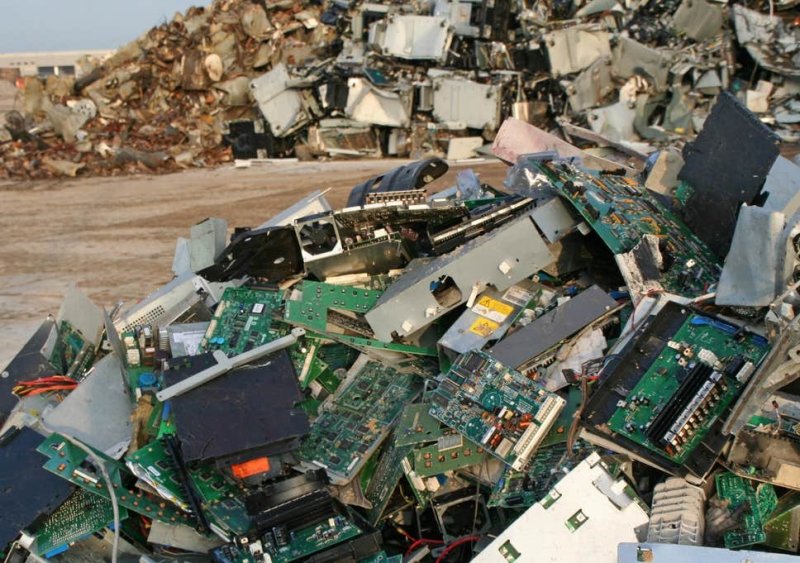
Electronic Waste Recycling An Overview Like most mining ventures under taken by amateurs, processing e-waste can be a quick way to loss all your money. It seems easy, there is a lot of e-waste available with no real pathway for recycling beyond the existing scrap yards. There is a growing trend of people entering this […]
Recycling Plastics from City Waste

Nearly 4 billion pounds of plastics were consumed by the packaging industry in 1970, about one-fifth of the total plastics production. Urban refuse from the city of Madison, Wis., was found to contain 2.9 weight-percent plastic before drying and 3.3 weight-percent after drying. Plastic waste is a worldwide problem: urban waste contains about 2 percent […]
Scrapped Starter Motors & Alternators Recycling
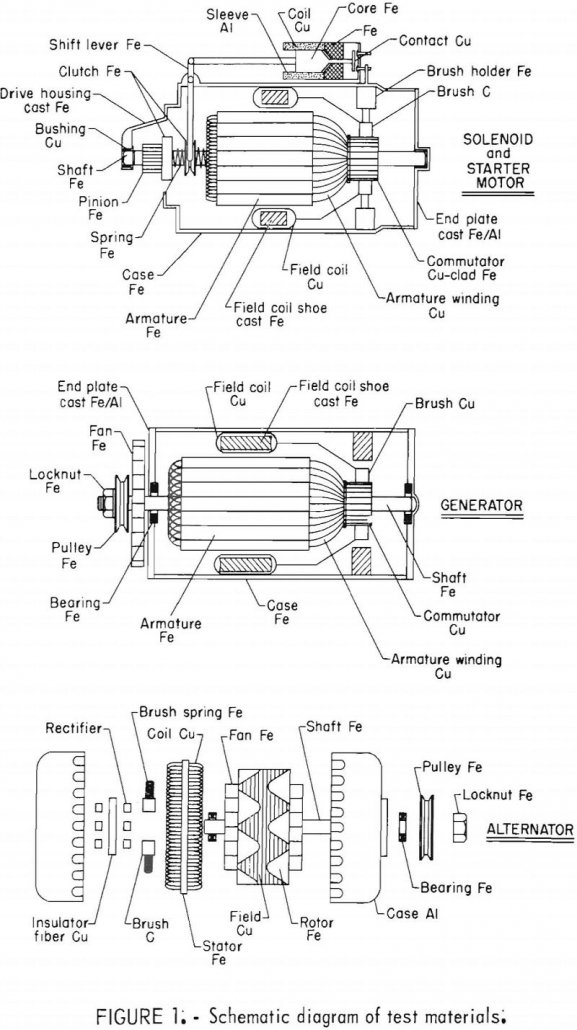
There are two principal methods in use for processing the 8 million cars that are scrapped annually in the United States. About one-half of the cars are processed by shredding in which automobiles minus radiators, batteries, engines, gas tanks, and seats are ripped into fist-sized chunks and then magnetically separated to produce a ferrous scrap […]
